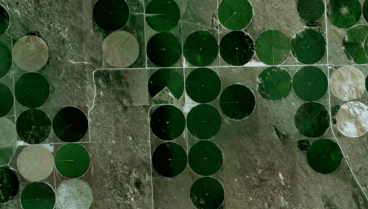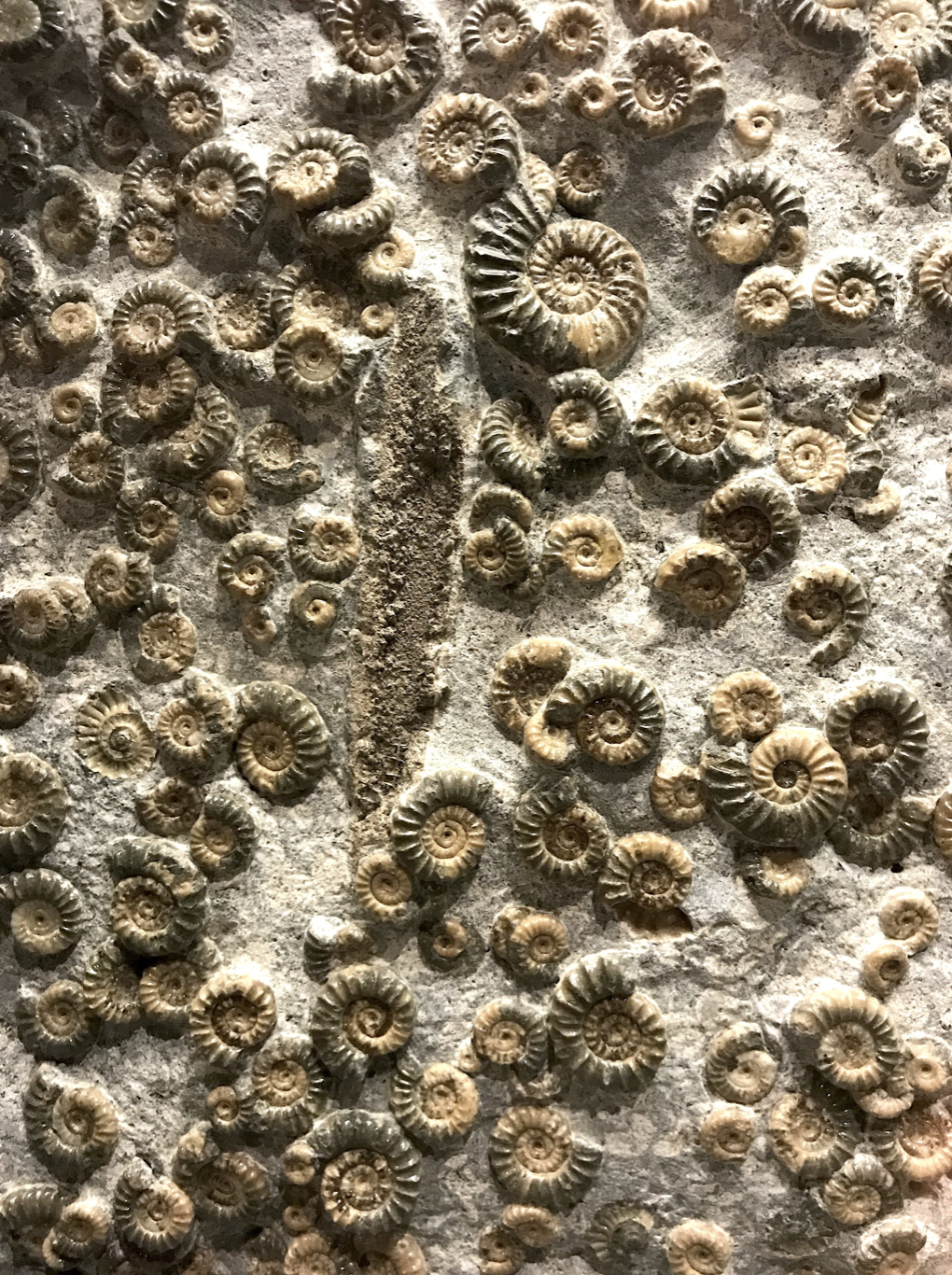Recently Tim Siedell, otherwise known as @badbanana, otherwise known as Nebraska’s most successful Twitter comedian, initiated the hashtag #NewNebraskaSlogan. (If you’re not of the Twitterati: a hashtag is a way of linking topics across the site, frequently used for memes.) I found the jokes both amusing and annoying, having learned to be wary of my home state coming into the public eye. Too many knee-jerk assessments of the Midwest run to “corn and cattle,” “flyover country,” or “purgatory”—all of which showed up under the marker #NewNebraskaSlogan. I enjoyed Siedell’s tweets (“Keep Driving to Colorado, Hippie”), but the many contributions from his fans quickly became irritating. If I could learn to consistently adopt the wry, self-deprecatory attitude that Siedell and other notable Midwesterners like Ted Kooser and Michael Perry have attained, I could laugh along with everyone else—but I’m afraid I’m not that sanguine. Like any good loyalist, I’m perfectly willing to laugh when we’re making fun of ourselves, but I can’t stand to hear mockery from outside.

I’m particularly irritated by dismissive remarks directed at the landscape of the Great Plains. I really think the Great Plains are beautiful, and I’m surprised how few people share my views, even other Midwesterners. Many non-Midwesterners seem to feel it’s socially acceptable to remark to my face how ugly, flat and boring they find my home state. Complain about our lack of high culture or our obsession with college football, and I’ll let it slide and even sympathize (although: Go Big Red). Call my state ugly or boring, though—the more common complaints—and you begin to make me angry. Kansans and Iowans know this phenomenon as well: it’s aggravating to say the least to make chit-chat about how boring one’s home state is to drive across, and yet we do it all the time.
For too long I have failed to challenge this behavior. I blame this on Midwestern manners, which have made me fundamentally conflict-averse and allow me to criticize someone in only the most oblique terms. When my state is abused, I can’t agree, but I’m constitutionally averse to fighting back. Instead, I have frequently employed the phrase “Well, you haven’t really seen the best part of the state,” usually in response to those who have only driven across on Interstate 80 to Colorado. The advantage of this rhetorically sophisticated claim is that it preserves social amity, while suggesting that one shouldn’t judge the landscape based on an acquaintance made while moving at 75 MPH. The disadvantage, of course, is that it’s a total sell-out.
Now, I don’t think the area around I-80 is the best part of Nebraska. (The best part is the gentle little slope down from my parents’ land, full of colored grasses and scrubby trees and with a gravel road cutting through it to a bridge and a band of trees around the creek, then curving back up to the sky.) But I don’t want to capitulate to the assumption that it’s ugly, either. Yes, it’s pretty much made up of fields of grass, corn, or soybeans, and the sky– and I like that. I don’t see that fields and sky are ugly or boring. If I subtly suggest that maybe there are nicer parts of the state—more conventionally pretty, with more trees and more water, maybe some nascent mountains—I’m implying that I agree that really much of my state, and all its public face, is unworthy of notice.
At the risk of sounding obtuse or narrowly regionalist, I want to claim that while the Plains may not be as showy as other landscapes, not as appropriate to calendars or billboards, they hold a beauty as powerful as any other region. If mountains and oceans impress us with their vastness, I counter with the vastness of the sky and the plains—only on the Great Plains do you get a sense of the hugeness not of one particular geological formation, but of the world itself: earth and sky distilled to their essentials. And if this seems too simple and stark for you, if you prefer the complexity and detail of forests and hills, I put to you the prairie grass after a rain, when infinite nuances of oranges, yellows, greens and grays arise on the land. I have lived and traveled in other regions, and I remain baffled as to why even we Midwesterners, in a place of such compelling if simple beauty, allow our tastes to be defined by other people’s land.
Postcards and video montages may insist that some areas of the world are uniquely sublime, but on this I stand firmly with the Romantic poets, for whom no piece of nature is unworthy of notice. (John Greenleaf Whittier, for example, wrote an ecstatic paean about the Plains.) So I’m developing a new rhetoric for answering those who feel free to disparage my state: rather than hinting that there are yet-to-be-seen and more beautiful vistas, I’ll suggest to my interlocutors that they pull off the Interstate and take a real look at the landscape, without imposing postcard standards of beauty on a land built for other ideals. In keeping with this new rhetorical position, I’m a fan of one of Tim Siedell’s #NewNebraskaSlogans: “You Forgot About Us Again, Didn’t You?” It puts me in mind of a sign I once saw outside a small Nebraska town, the name of which I cannot recall: “We Like It Here.” It’s self-deprecating but carries a bite, polite but pointed; there are no grandiose claims, but also no apologizing. And it implies just what I hope to imply in my new rhetoric: only our lack of attention prevents us from seeing the beauty of the land. Some landscapes force their beauty upon us—in others, the beauty must be sought out. The Midwest is of the latter kind. And thus all the more worthy of notice.



